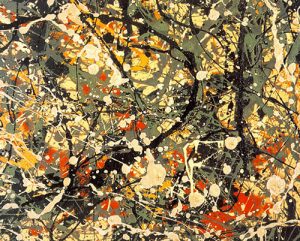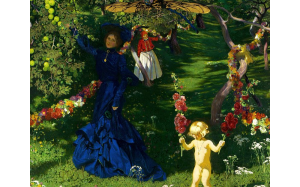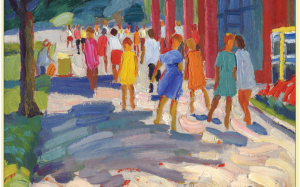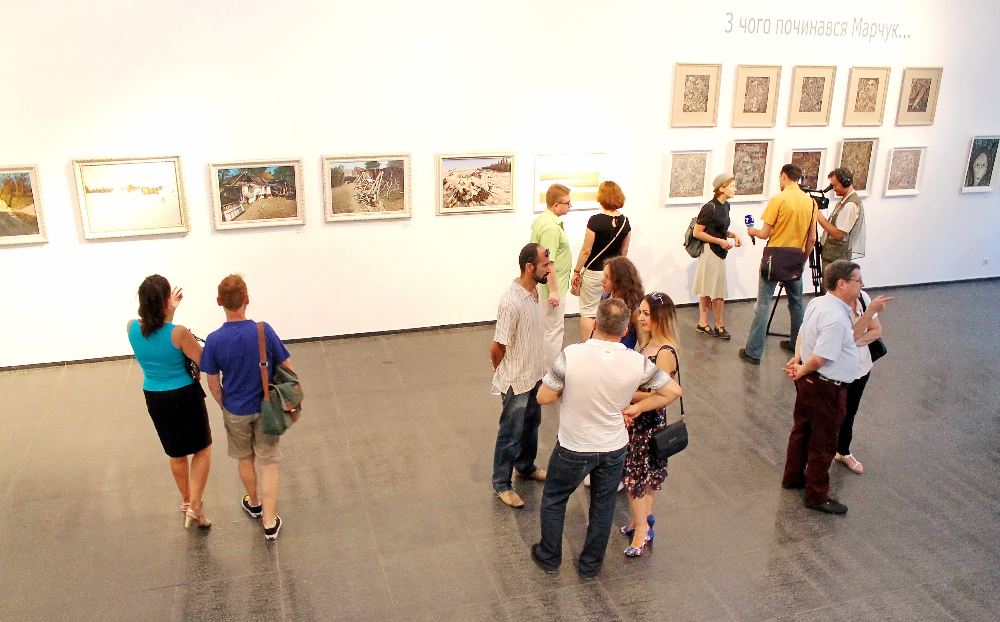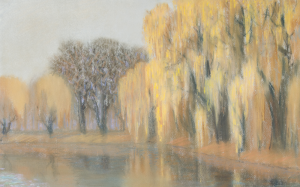Miniature
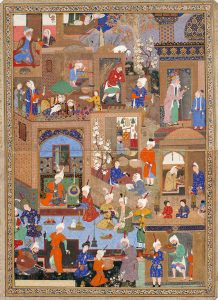 The story of what constitutes a miniature, you can start with the memories of learned Latin. The term miniature dates back to the word from the Latin minium – which means red paint (cinnabar, minium), which was used in the old days, making out handwritten books when decorating them with headpieces and illustrations. These elements were made with gouache, watercolors, and also used gold leaf. The miniature in books acquired great popularity in the countries of Western Europe and in the Byzantine Empire during the Middle Ages. At the time of the formation of this genre, biblical scenes were popular, but over time, portraits of queens, influential persons ordering this kind of painting, religious figures and military leaders became more common. In addition, miniaturists embody the themes of life and battle scenes in their works, wrote works on the themes of religion and history. When typography was invented, woodcutting replaced the miniature book painting.
The story of what constitutes a miniature, you can start with the memories of learned Latin. The term miniature dates back to the word from the Latin minium – which means red paint (cinnabar, minium), which was used in the old days, making out handwritten books when decorating them with headpieces and illustrations. These elements were made with gouache, watercolors, and also used gold leaf. The miniature in books acquired great popularity in the countries of Western Europe and in the Byzantine Empire during the Middle Ages. At the time of the formation of this genre, biblical scenes were popular, but over time, portraits of queens, influential persons ordering this kind of painting, religious figures and military leaders became more common. In addition, miniaturists embody the themes of life and battle scenes in their works, wrote works on the themes of religion and history. When typography was invented, woodcutting replaced the miniature book painting.
Vladimir Borovikovsky, portrait of Maria Lopukhina, 1797
Over time, miniature paintings began to be considered works of painting, sculpture and graphics, having a small size, which were distinguished by subtle execution. Also called miniature art and painting, made with the help of tempera, oil or varnish, applied on the outer side of varnish objects of not very large size. In addition to the subtleties of the work, the miniatures were distinguished by the way paints were superimposed. Masters of miniatures from European countries, the Middle East region, Central Asia, Persia and India were distinguished by great skill. The miniature includes paintings in the portrait genre. Works were made on paper, cardboard, and a metal surface, porcelain, ivory, and parchment were also used as carriers. Medallions and pendants decorated with miniatures, household items – rings, watches and snuff boxes.
The size of miniature portraits, mainly, is 15-20 centimeters. Such portraits were the subject of inheritance from many generations of noble families, and were kept as ancestral relics. The peak of the heyday of this genre was the XVIII century. However, from the middle of the nineteenth century, a miniature portrait ceases to be on the crest of fashion, it is replaced by a photograph.
When creating thumbnails, thin brushes and bird feathers were used. Some masters, who created works of miniature painting at different times, achieved true craftsmanship, including:
Jean Fouquet, painter of the XV century from France. His main work is the manuscript “Hours of Etienne Chevalier” with illustrations made by him. His miniatures dedicated to the events of the Bible are called true masterpieces.
Excellent work was performed by this master on the order of the French monarch Charles V in his book “The Big French Chronicles”.
Talent marked by the military miniatures of this artist to the book “The Jewish War” written by Joseph Flavius, Jean Fouquet proved himself to be an excellent master of battle painting.
Another 15th century miniature painter, Simon Marmion, created illustrations for “The Great French Chronicles,” “The Visions of Tundal,” and “The Watchmen of Simon Marmion.” His works do not leave indifferent admirers of art in our time.
Miniature portraits created by the artist from Ukraine second floor. XVIII – early XIX centuries Vladimir Borovikovsky. The painter painted portraits, masterfully conveying the state of mind and emotions of those depicted in them, accurately tracing the nuances of their character.
Artists who created miniatures from India and Iran deserve mention. The Tabriz school of miniatures, created at the dawn of the 14th century, earned the greatest popularity in its region. The historical miniatures of the artists of this time reflect themes from the poetry of Persia, the life of the royal court, and scenes from the folk life.
Nowadays, it is convenient to buy miniatures of contemporary artists in the Jose Art Gallery online gallery.
